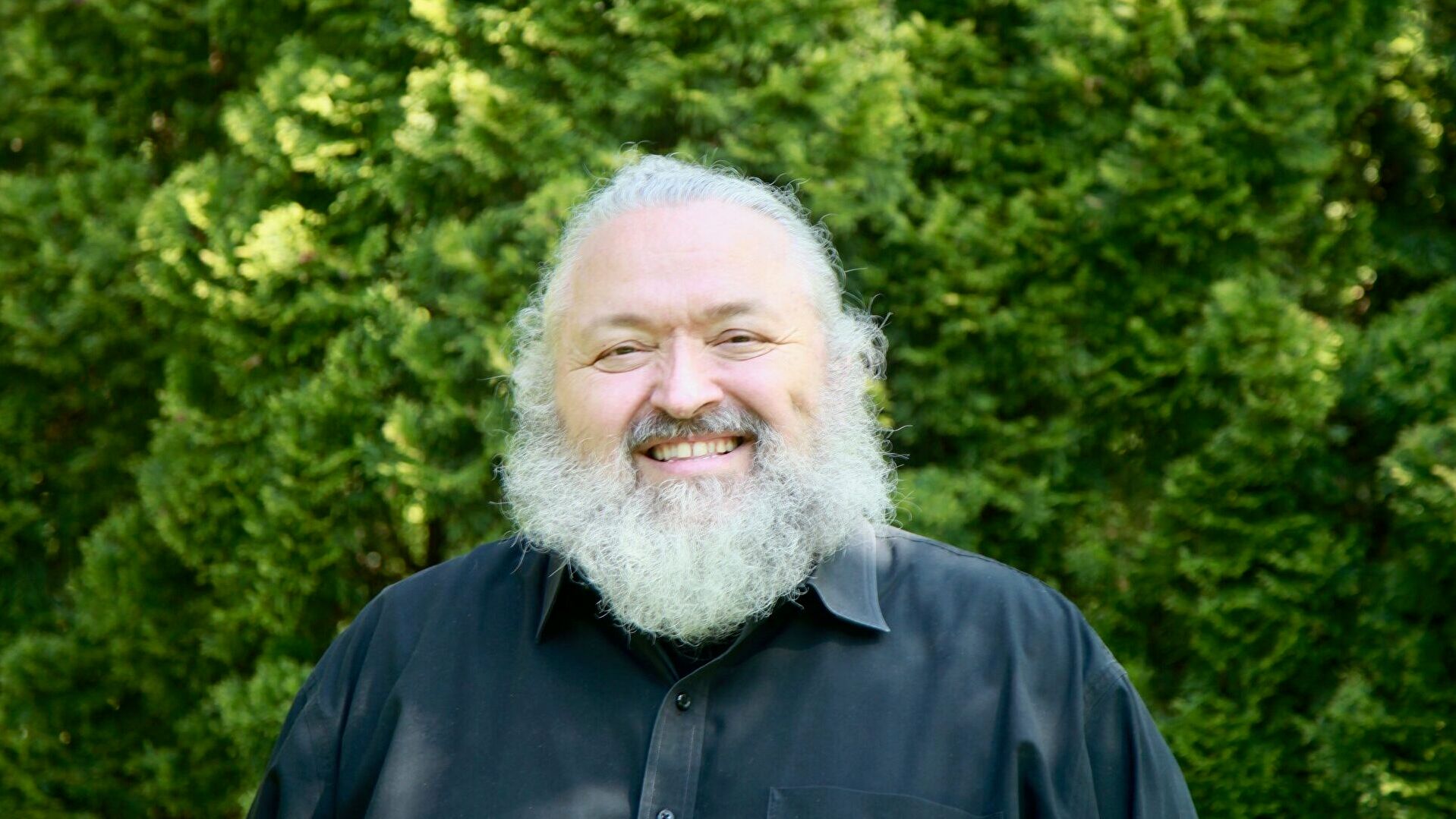FOKUS // BRUCE MAU

As Berghs delves deeper into the field of urban design and planning with the launch of our new full-time program Urban Designer, we’ve been looking at the most interesting people working in the intersection of design, branding, and urban design. A name that continuously shows up is Bruce Mau.
Bruce Mau is an award-winning designer who has not only published several books and worked with huge brands, but he has also worked alongside architects and engineers in some really inspiring projects. Beyond working with graphic design and brand design, he has founded The Massive Change Network in Chicago that uses design-thinking methodology to help develop sustainable solutions to global problems, and served as the founder of the Institute without Boundaries. Much of his work merges design with the fields of sustainability, conceptual philosophy, and increasingly considers societal impact.
I should probably also mention that Mau is a bit of a legend here at Berghs where students and faculty regularly consult his books such as MAU: MC24, Bruce Mau's 24 Principles for Designing Massive Change in Your Life and Work. His talks that are available online are another source of inspiration for students interested in design and branding.
Mau was born on October 25, 1959, in Canada, and grew up in Sudbury, Ontario. He was a student at the Ontario College of Art & Design before dropping out to join the Fifty Fingers design group. He has published many iconic books that have made their mark on many designers. Mau has received many awards and has spent years as an educator.
Not only has he worked with iconic brands and places such as Coca-Cola, MoMA, The Walt Disney Concert Hall, and the Seattle Public Library, he’s also been approached by Guatemala (yes, the country) to redesign and rebrand the country after many years of civil war had negatively impacted how its citizens thought about the future. Another audacious project was when urban planners from Mecca reached out asking him to rethink the planning for the Hajj. Those projects proved difficult to realize fully for different reasons.
In recent years, Mau’s life-centered design approach is what has been at the focal point of much of his work in the past few years. In interviews (such as this one from The World Around conference) Mau has said that "Everything is designed as if we own nature and as if we're not part of nature," said Mau. "As if nature is unlimited."
Mau is now challenging designers and leaders to rethink what impact design actually has on nature and our planetary limits. Or as he shared in his 2018 SXSW talk “We live a designed life, that ultimately the quality of our design is the quality of our life.” At Berghs, we’re sure that we’ll be continuing to follow what Mau will be working on next.

